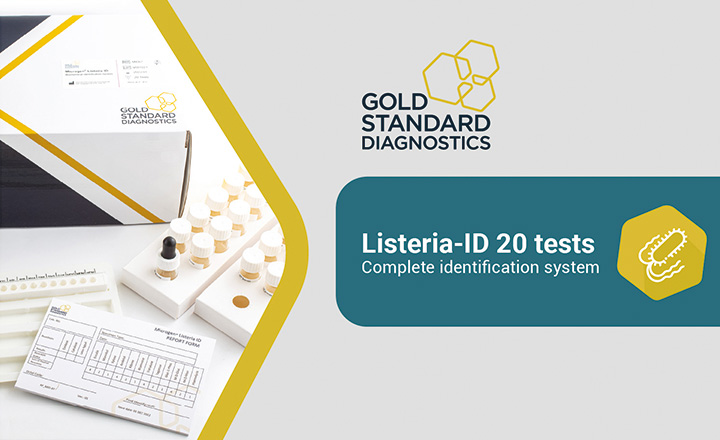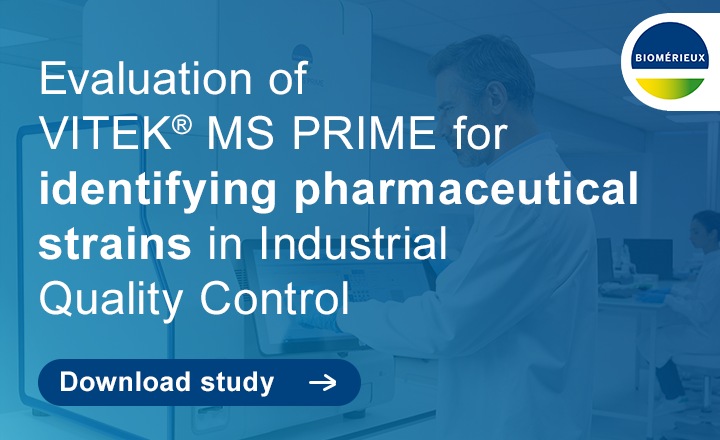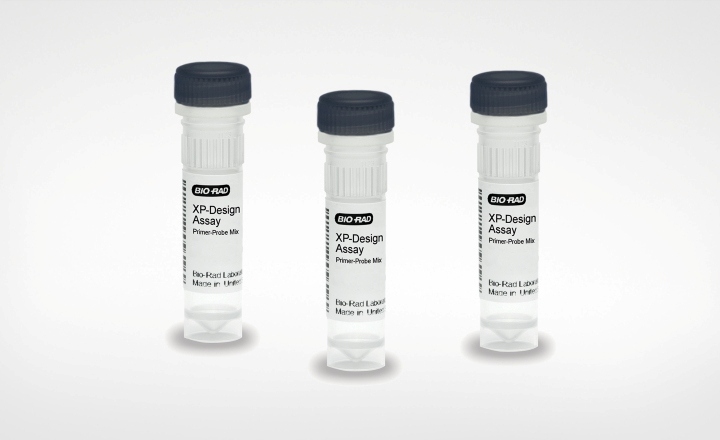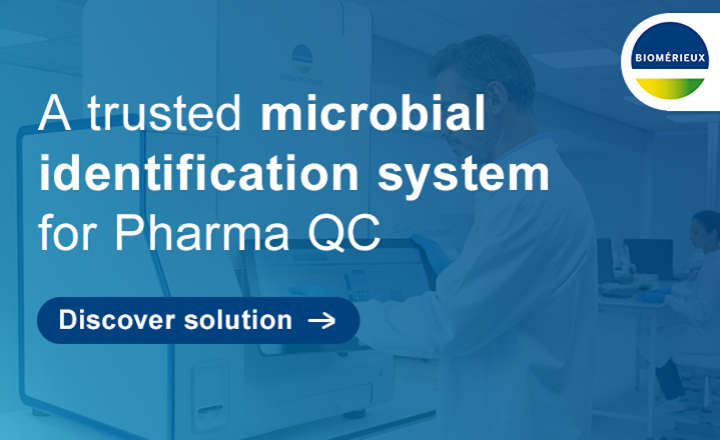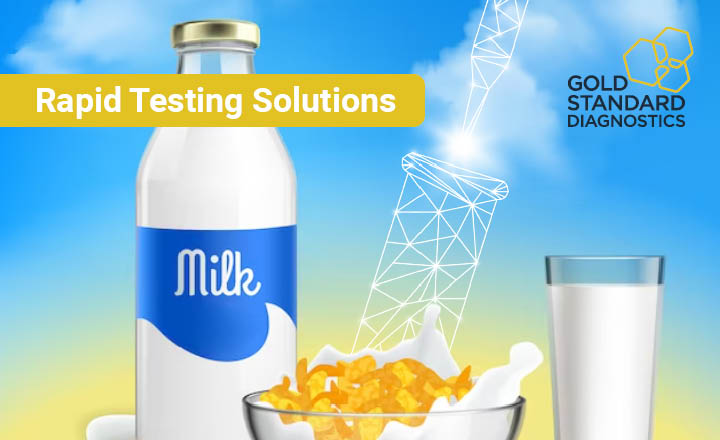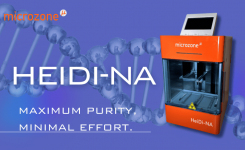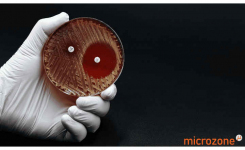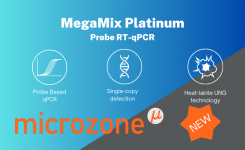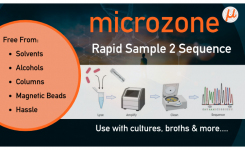High‐Resolution Melting (HRM) analysis has become a keystone technique for rapid genetic variation detection in microbiology. Whether tracking antimicrobial resistance genes, distinguishing closely related microbial species, or monitoring viral variants, HRM offers a fast, sensitive, and cost‐effective solution without the need for post‐PCR processing or sequencing.
HRM is a post‐PCR analysis technique that examines the melting behaviour of double‐stranded DNA (dsDNA) fragments to detect genetic variations. During PCR, a saturating DNA‐binding dye intercalates into dsDNA; as the temperature rises gradually, the DNA denatures, releasing the dye and causing a measurable drop in fluorescence. The melting temperature (Tm) and curve shape vary according to sequence length, GC content, and nucleotide mismatches. Analysis of the resulting melt curves allows identification of sequence differences such as SNPs, insertions, or deletions.
Key Applications in Microbiology
1. Pathogen Identification & Genotyping
HRM differentiates microbial species and subspecies with high specificity. Sirichote et al. (2010) used HRM for Salmonella enterica serovar genotyping, providing rapid epidemiological insight.
2. Antimicrobial Resistance (AMR) Detection
HRM detects resistance‐conferring mutations quickly. Tong et al. (2011) demonstrated rapid detection of mecA in methicillin‐resistant Staphylococcus aureus (MRSA).
3. Outbreak and Epidemiological Surveillance
HRM can subtype strains in outbreak investigations without sequencing. Ndukum et al. (2019) used HRM for Brucella strain differentiation in zoonotic disease surveillance.
4. Fungal Resistance Screening
HRM detects mutations in Aspergillus fumigatus linked to azole resistance (Van der Veer et al., 2016).
5. Viral Variant Monitoring
HRM tracks emerging viral mutations in real time. Santos et al. (2023) applied HRM to distinguish SARS‐CoV‐2 variants directly from patient samples.
In the current era of rapid pathogen evolution and antimicrobial resistance, timely detection of genetic variation is critical. HRM enables results in under an hour post-PCR, high-throughput screening in public health labs and reduces reliance on expensive sequencing for routine screening.
Introducing Microzone’s MegaMix HRM Mastermix
The success of HRM depends not only on the instrument but also on the quality of the reagents used. Microzone’s MegaMix HRM Mastermix is specifically formulated to deliver:
- Exceptional Signal Stability: Ensures precise and reproducible melt curve analysis.
- Saturating Dye Optimization: Allows discrimination of even single-nucleotide differences without inhibiting PCR.
- Broad Compatibility: Works seamlessly with major real‐time PCR platforms.
- Reduced Optimisation Time: The ready-to-use formulation saves setup time and minimizes variability.
By combining robust PCR performance with HRM sensitivity, Microzone’s MegaMix HRM Mastermix empowers microbiologists to focus on discovery rather than troubleshooting.
From tracking hospital outbreaks to screening for resistance mutations in clinical isolates, HRM has become indispensable to microbiology. Paired with an optimised reagent like Microzone’s MegaMix HRM Mastermix, researchers can achieve fast, reliable, and reproducible results — turning genetic variation detection into a routine, high‐impact tool for diagnostics, epidemiology, and beyond.
Click here to learn more about MegaMix HRM.



